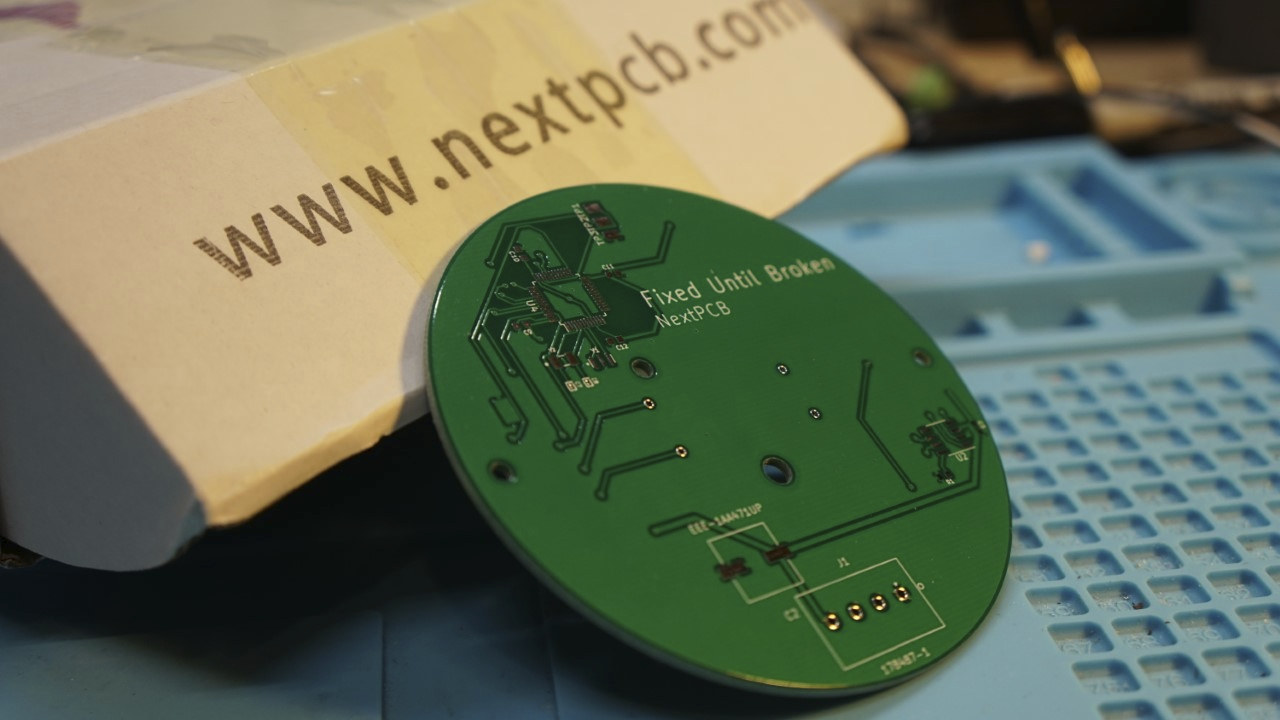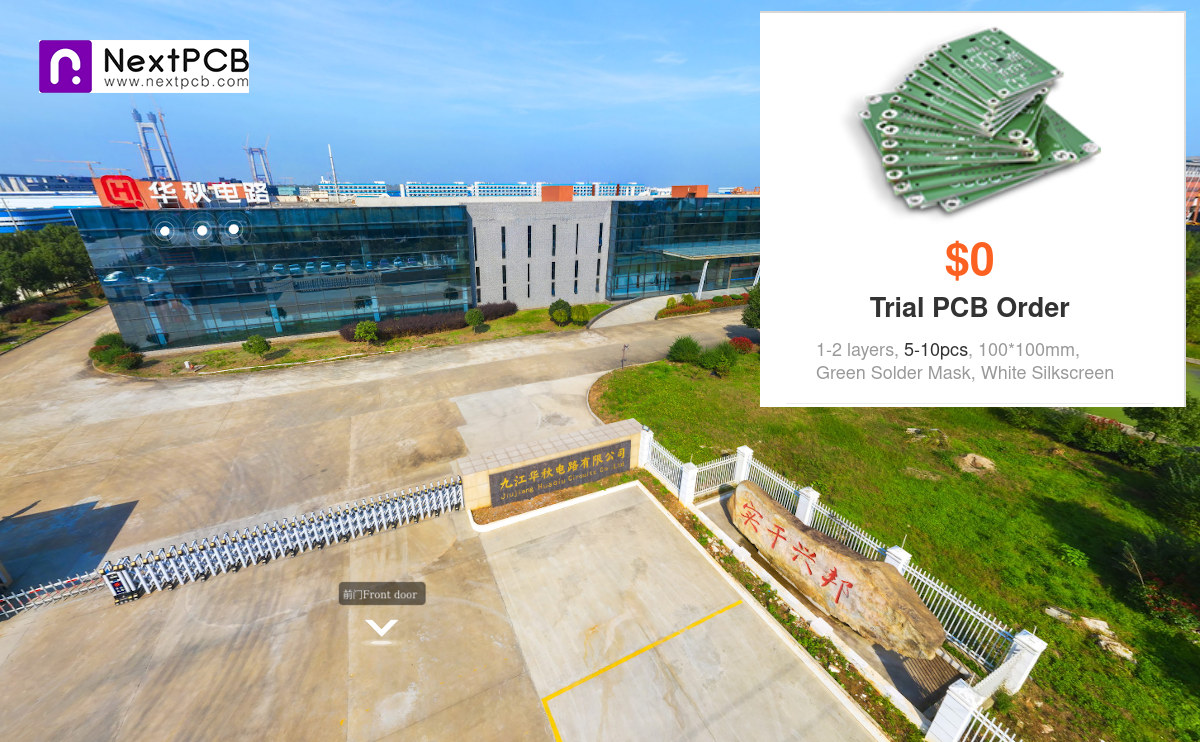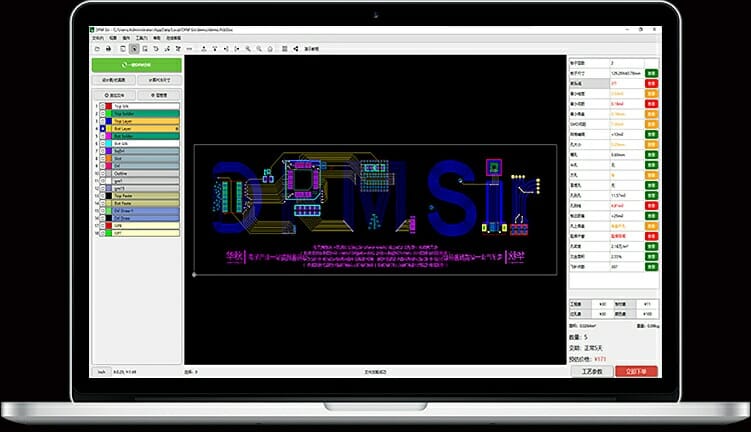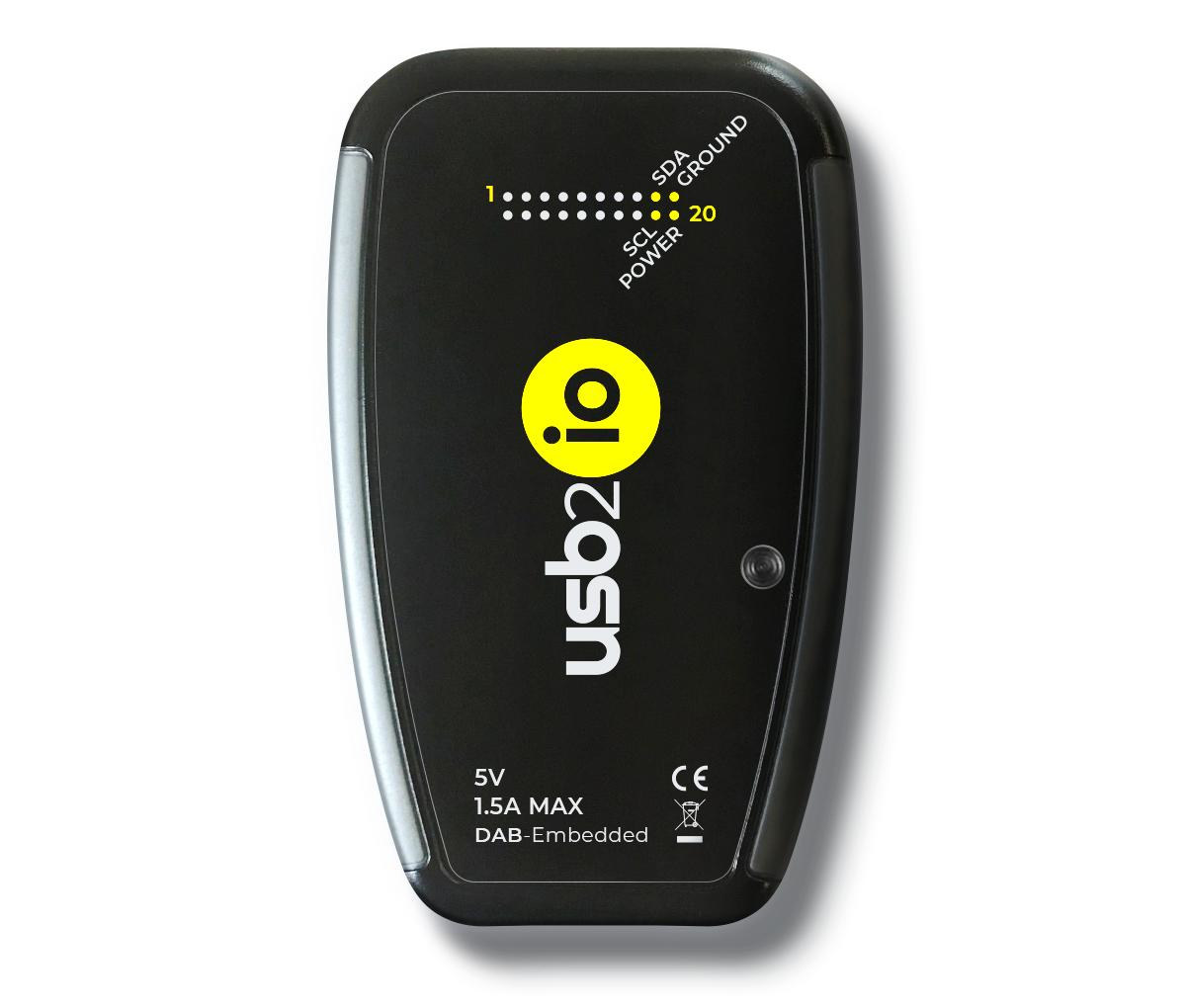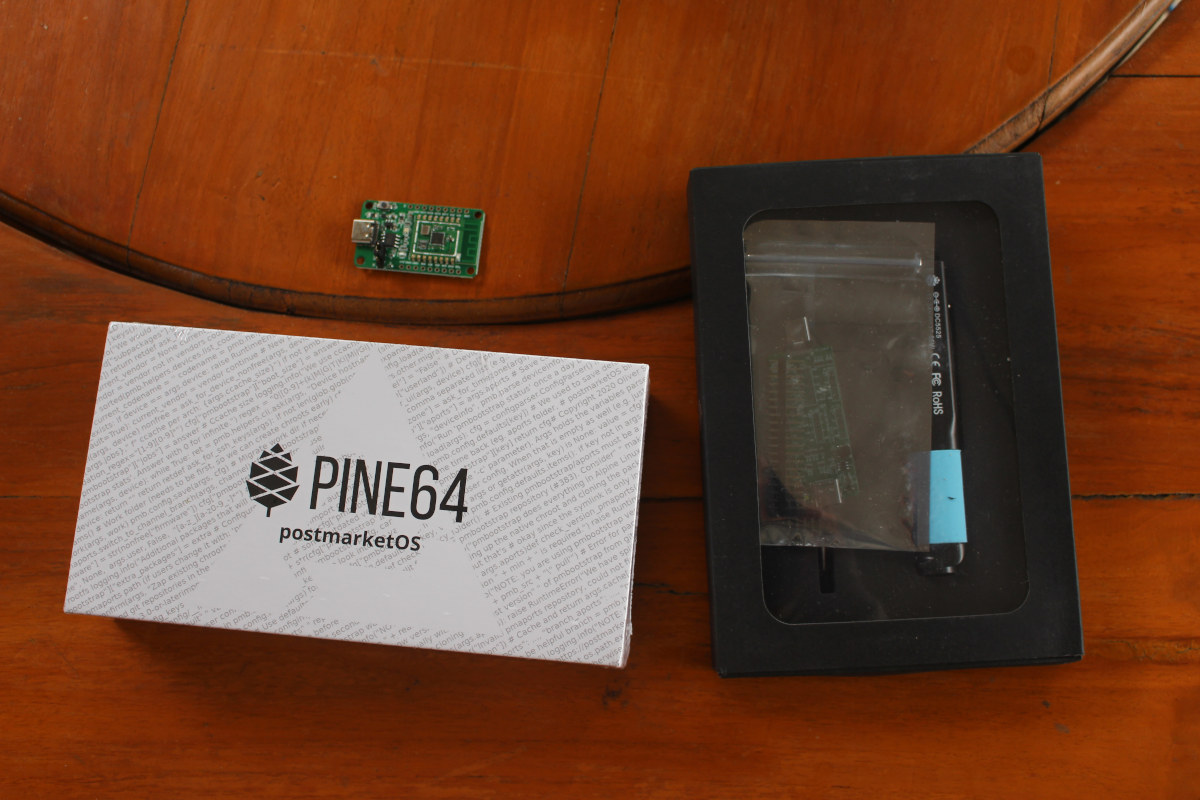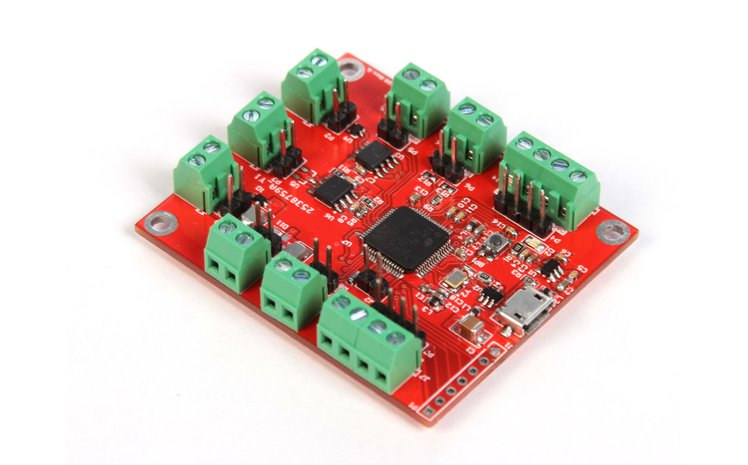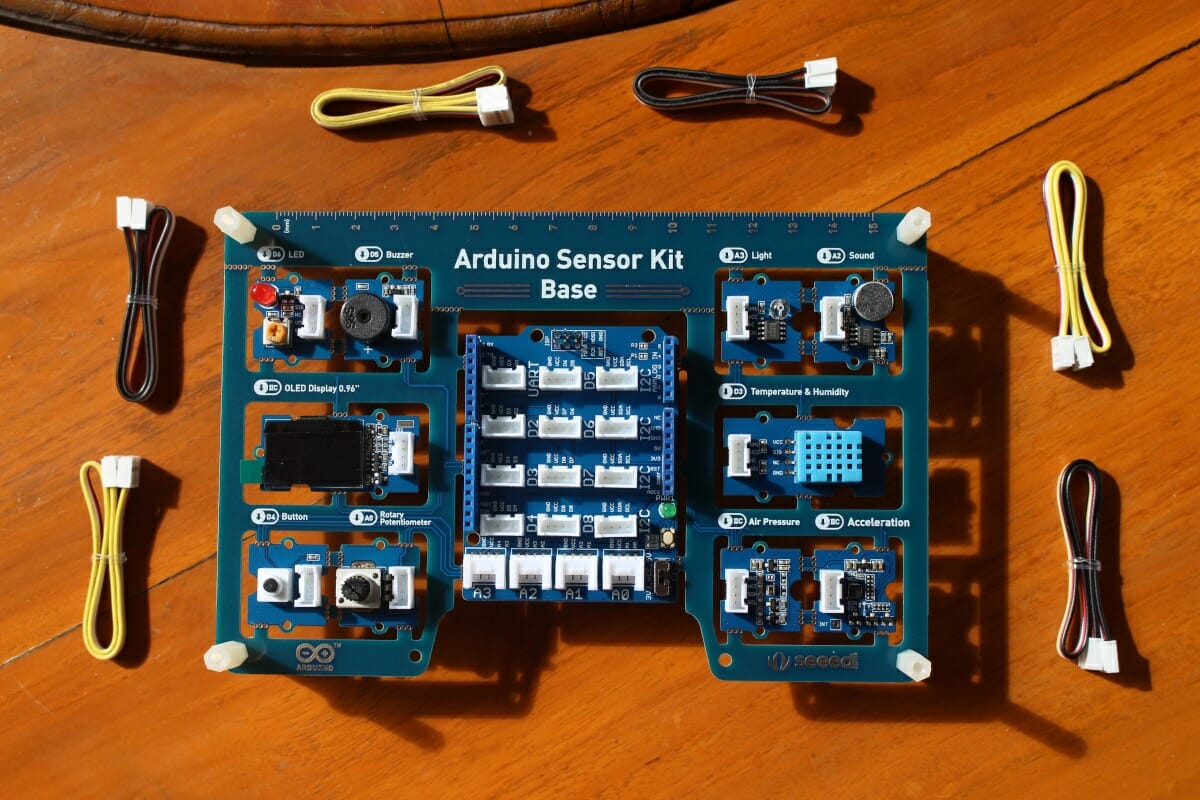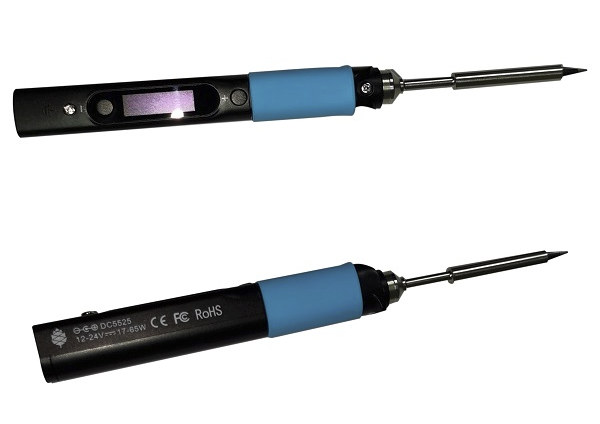This article is based on the feedback from “Fix Until Broken”, one of NextPCB customers who details his experience with their PCB manufacturing service, including the ordering process, pricing, customer service, available options, and quality of the boards ordered. Ordering with NextPCB Ordering is a very simple process. First, check your design rules just like you would with any board manufacturer. If you want to check it yourself or set it into your design rules with your EDA/CAD, you can find PCB capabilities on their website. Alternatively, NextPCB also offers a free program to check your Gerber files for free. NextDFM is great for checking Gerber files. This is especially true when using files from an open-source design that you got from Github. After checking your design rules you can start the ordering process. For the free trial just make sure you are using 1-2 layers, ordering no more than […]
NextPCB offers free PCB prototypes for first order (sponsored)
Shenzhen Huaqiu Electronics Co., Ltd, better known as NextPCB, is a PCB manufacturer with multiple factories in China that has been in business for over 15 years. The headquarter of the company is however located in Paris, France, under a company called NOVA SILK ROAD SARL, but most operations are managed in China from the branch office in Shenzhen, and the company operates three plants all certified by IATF16949, ISO9001, ISO14001, UL, CQC, RoHS and REACH: A PCB prototype factory in Bao‘an District, Shenzhen, Guangdong A PCB mass manufacturing factory in Xigang District, Jiujiang Economic Development Zone, Jiujiang City, Jiangxi Province A PCB assembly plant in Dongguan City, Guangdong Province, China. The prototype factory always for fast turnaround for prototype, while the mass manufacturing factory targets higher volume production with further lower costs. Beyond just making PCBs, the assembly plant works on soldering BGA, Micro-BGA, QFN, and other components to […]
NextDFM software detects PCB design problems before manufacturing (Sponsored)
Shenzhen Huaqiu Electronics Co., Ltd, better known as NextPCB, is a PCB manufacturer with multiple factories in China, and that has been around for over 15 years. During this time, the company dealt with thousands of engineering problems of PCB leading to higher prices and delayed schedules. So to help its customers, the company has developed NextDFM software to detect common PCB design problems, and ultimately help engineers to build low-cost and high-efficiency PCB projects. DFM stands for “Design For Manufacturability”, glad you asked. NextPCB is a free download that’s available for Windows only for now, but the company is also working on Linux and Mac OS versions that will be released in the future. The software supports generic Gerber files as well as PCB layout files from EDA programs such as Altium, Pads, and Protel99SE. Once your file is loaded in the program you’d be able to run the […]
USB2IO high-speed interface explorer tool combines Intel Cyclone 10 FPGA and STM32H7 MCU
In the second part of 2020, we’ve seen a fair amount of USB debugging tools for electronics designers and hardware hackers including the Glasgow Interface explorer with an ICE40 FPGA. But if you need even more flexibility or higher I/O speeds (up to 300 MHz), DAB Embedded USB2IO interface explorer should help thanks to the combination of an STMicro STM32H7 MCU and an Intel Cyclone 10 FPGA. USB2IO interface explorer hardware specifications: MCU – STMicro STM32H743 Arm Cortex-M7 @ 480MHz CPU clock An external 64MB QSPI flash for extra FPGA code storage; FPGA – Intel Cyclone 10LP (10CL040) with 40k logic elements, 1,134 Mbit embedded memory, 126 DSP blocks External memory – 32MB SDRAM for MCU and FPGA (64MB in total) Storage – 64MB QSPI for connected to MCU for FPGA code storage I/Os via 20-pin external header/connector 16 x GPIO mode (single-ended), 8x LVDS pair mode or a mix […]
Pine64 mailbag – PinePhone postmarketOS Edition, PineCone BL602 board, and Pinecil soldering iron
Pine64 community was pretty busy last year with the launch of several products. Recently I’ve received a couple of packages with some of those products, namely PinePhone Community Edition: PostmarketOS, PineCone WiFi & BLE IoT board based on BL602 RISC-V SoC, and Pinecil soldering iron also based on a RISC-V chip for control, but this time GD32V generic-purpose MCU. I’ll most show what I have received without going into too many details, except for PinePhone which I have already set up and used for one hour or so. PineCone BL602 board I received PineCone at the end of last year in a separate envelope with the board only. There’s not much to it with the BL602 processor offering WiFI and Bluetooth, a USB-C port for programming and power, and a few I/Os. The board is interesting as it is the first RISC-V IoT board with wireless connectivity built into the […]
Protocol Droid is a USB bridge board to I2C, CAN Bus, RS485, UART, SPI, etc. (Crowdfunding)
We’ve seen some interesting USB hardware hacking/debugging boards in the last two months with Tigard, Ollie, and Glasgow Interface Explorer each with their own price point and features, but with the goal of replacing multiple other programming or debug boards you may need for your projects. Protocol Droid is another one of such USB boards for electronics designers and hardware hackers. It offers I/O connectivity via terminal blocks for I2C, CAN Bus, RS485, UART, SPI, and other interfaces. Protocol Droid key features and specifications: MCU – Unnamed STMicro microcontroller Host interface – Micro USB port Core Interfaces: I²C controller & peripheral modes SPI controller & peripheral modes RS485 controller & peripheral modes CAN Bus UART 2x PWM 2x ADC 2x DAC Debugging / programming interfaces – 7-pin JTAG/SWD unpopulated header Power Sources – 3V & 5V DC with limited current via 2-pin terminal blocks All interfaces are available simultaneously through […]
Arduino Sensor Kit Base is a large shield for Arduino UNO with 10 modules
Earlier this year, Seeed Studio introduced the Grove Beginner Kit for Arduino that included the Arduino UNO compatible Seeduino Lotus board placed at the center and ten pre-wired and detachable Grove modules to get started with sensors on Arduino with no cabling whatsoever apart from the USB cable. Arduino must have seen and liked the design, and Seeed Studio has collaborated with the Italian company to create the Arduino Sensor Kit Base with a very similar design, but with a twist as instead of an all-in-one platform with modules and an Arduino board, it’s a very large shield that seats on tops of Arduino UNO. The Arduino Sensor Kit base includes the following: Base shield with 16 Grove connectors, instead of just 12 Grove connectors on the Beginner Kit, including 7x digital connectors, 4x analog connectors, 4x I2C connectors, and one UART connector; A 3.3V/5V voltage switch is also included […]
Pine64’s PINECIL RISC-V soldering iron launched for $25
We’ve previously mentioned PINECIL RISC-V soldering iron during Pine64’s release of PineCube open-source IP camera development kit, and the good news is the soldering iron is now available for $24.99 on Pine64 store together with optional sets of gross or fine soldering tips compatible with the one used with TS100 model The soldering iron is powered by GigaDevice GD32VF103TB 32-bit RISC-V general-purpose microcontroller and features a small display and two buttons for user interaction, as well as changeable tips. It can be powered by a USB-C power adapter or a 12 to 24V power brick such as the ones you’d found with laptops. PINECIL soldering iron key features and specifications: MCU – GigaDevice GD32VF103TB 32-bit RV32IMAC RISC-V “Bumblebee Core” @ 108 MHz with 128KB flash, 32KB SRAM Display – 0.69-inch OLED monochrome display with 96×16 resolution Tip – 106mm long, Type B2 Temperature range – 100°C to 400°C; reaches operating […]


